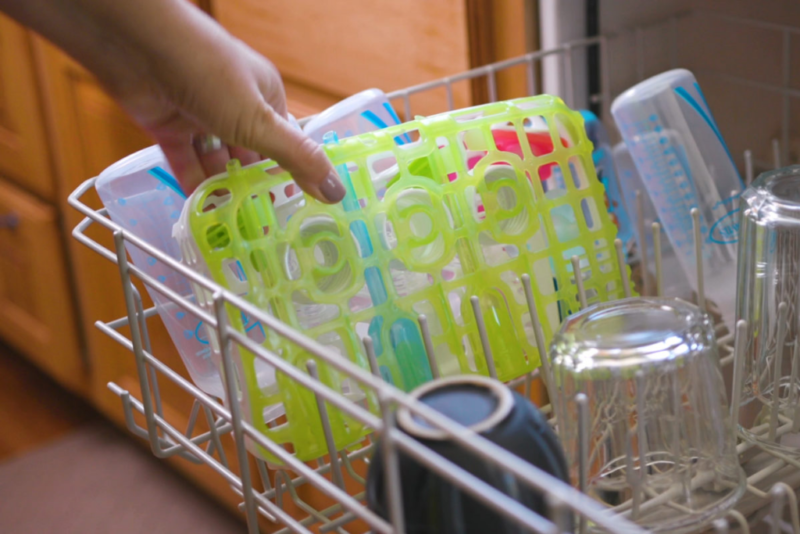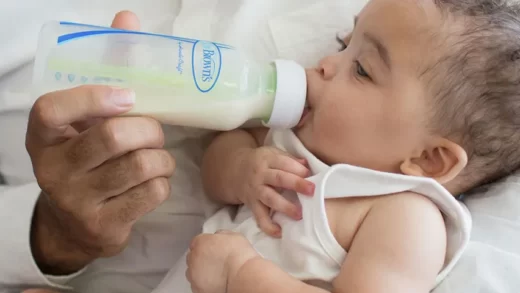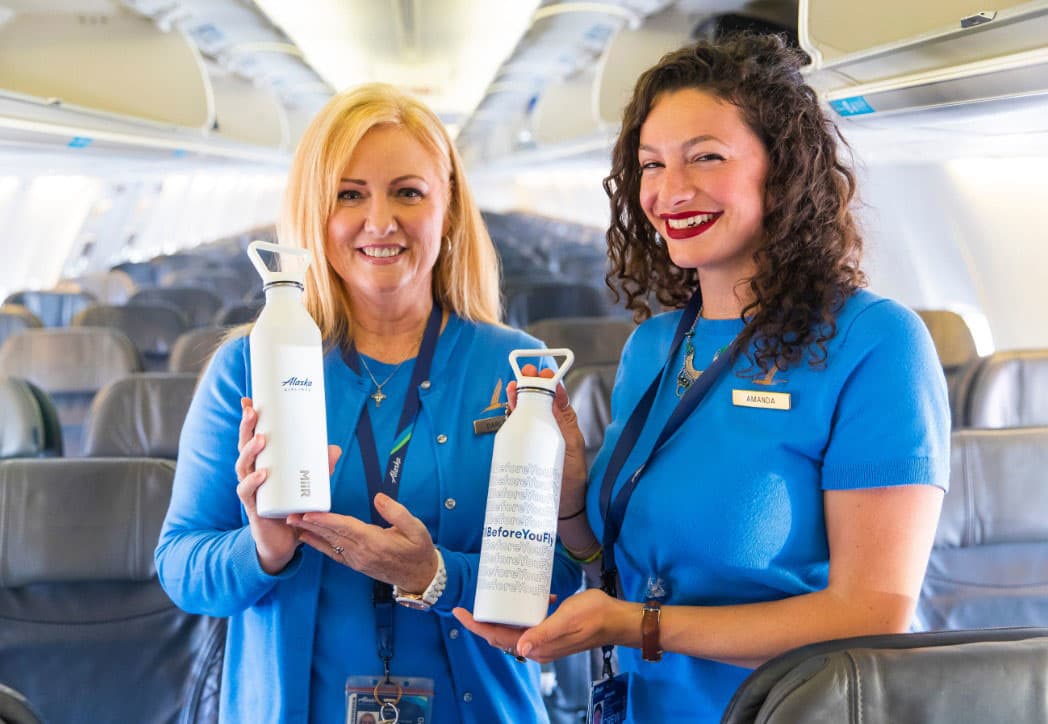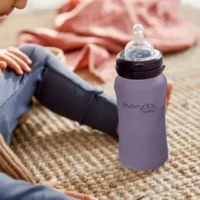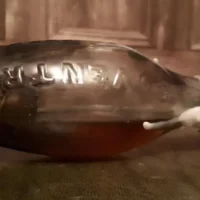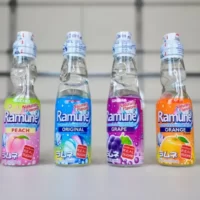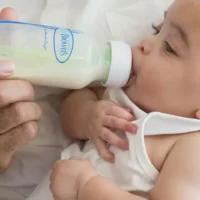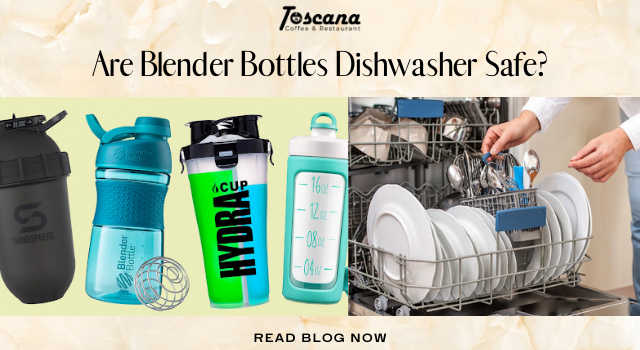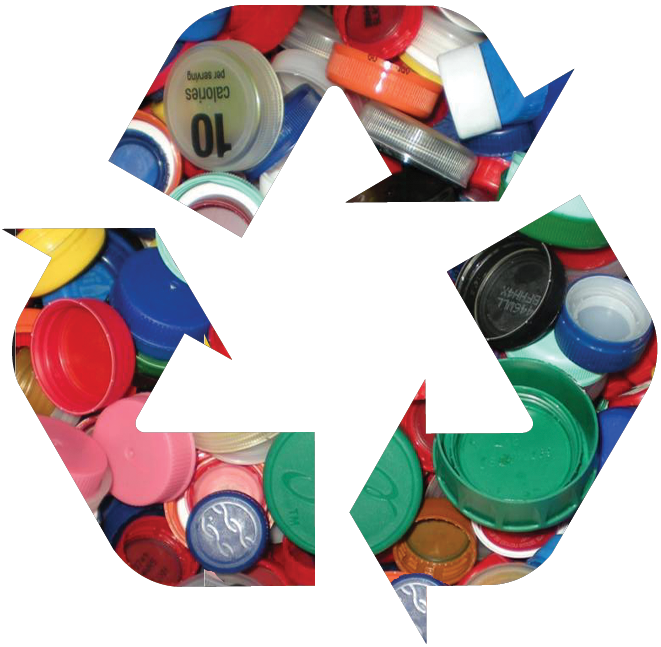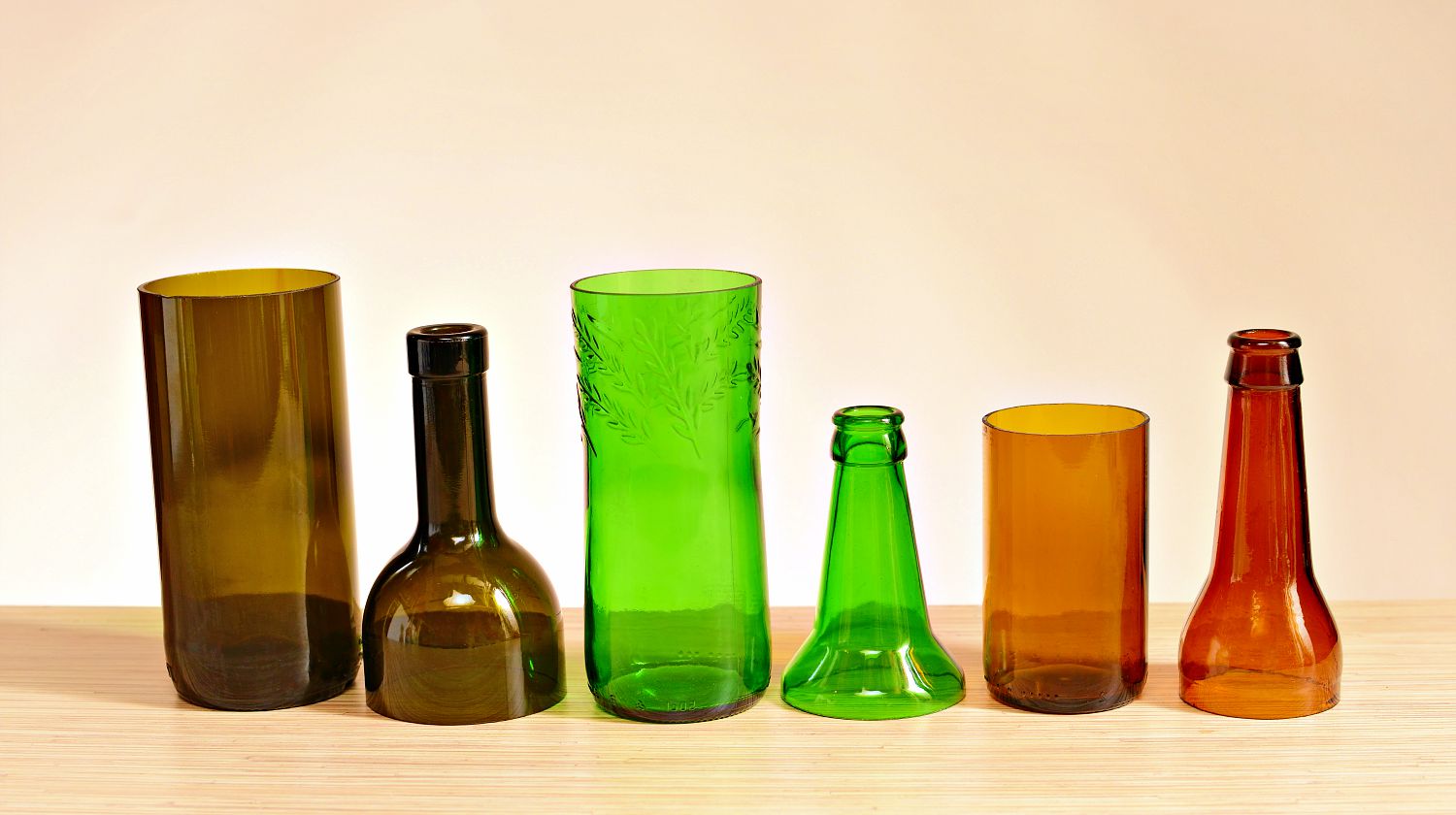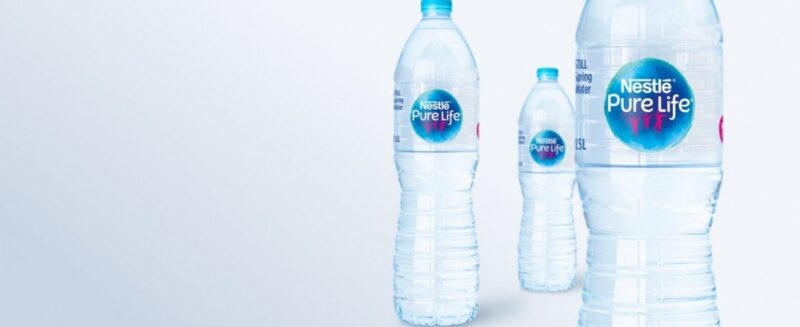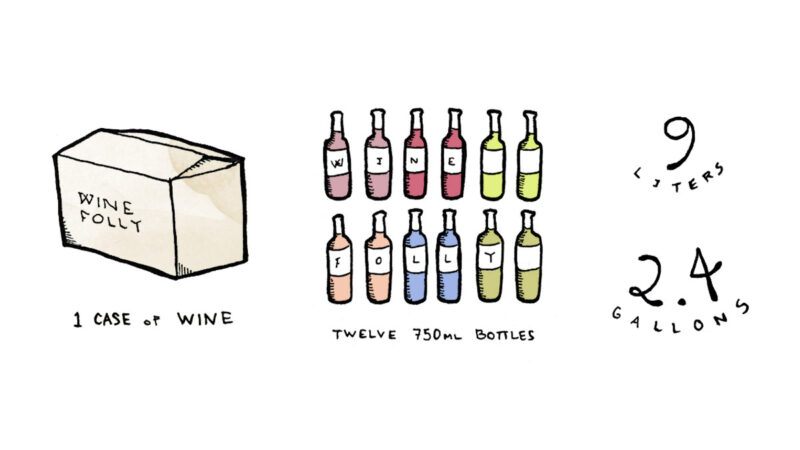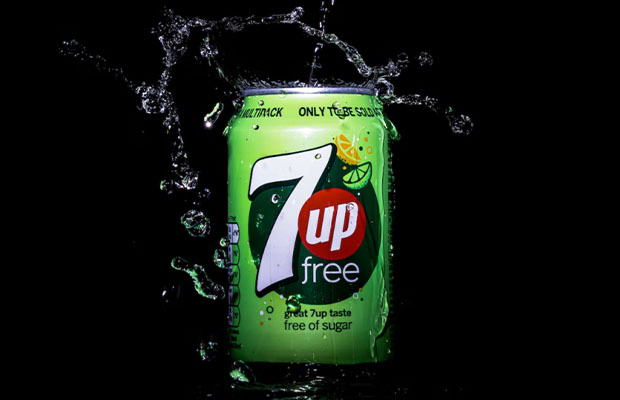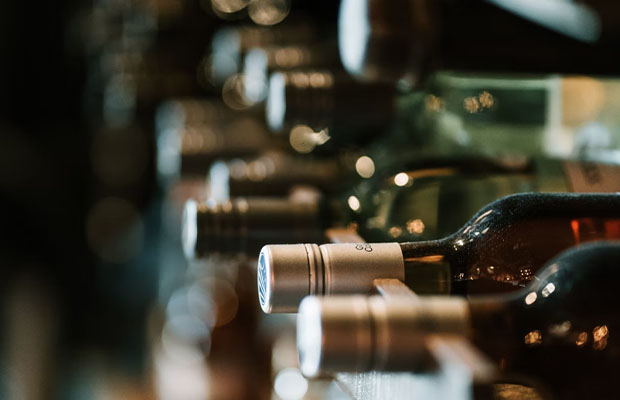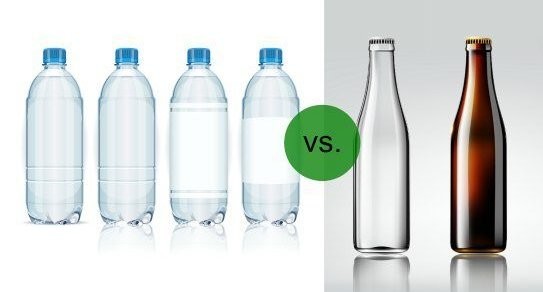So you’re looking after a kitten that is fed by bottle. You might have agreed to take in orphans for your neighborhood shelter or you might have found a baby outside whose mother has not come back to claim her.
This frequently involves nursing a newborn kitten in a bottle until the kitten is healthy enough to consume regular cat food. Do you know how to bottle feed a kitten? Your new kitten will require between nine and twelve feedings per day, depending on its size and health. For the first two weeks of life, you will need to count on feeding the kitten every two hours during the day and every four hours overnight
In any case, you should use caution and adhere to the guidelines below when bottle-feeding kittens.
Table of Contents
What Food To Use When Bottle Feed A Kitten?
For bottle feeding, a high-quality kitten milk substitute should be used. Similar to mother’s milk, the feline milk replacer is made up of water, proteins, carbohydrates, fats, minerals, and vitamins. Cow’s milk shouldn’t be used because it is not a sufficient nutritional replacement for kitten milk replacers.
Most pet supply stores carry bottle kits made specifically for feeding kittens as well as milk substitute formulas, which are both widely accessible. The packaging includes directions for preparing the nipples and milk substitutes. Syringes and eyedroppers are not an acceptable method for administering milk in my opinion because it is very challenging to do so safely and effectively.
Typically, milk substitutes come in either powder form or liquid form that is ready to use. When using powder, only combine enough for 48 hours worth of feeding. This aids in lowering bacteria and the production of rancid milk, both of which can cause gastrointestinal distress and even death. Small portions of extra liquid formula can be frozen and thawed for later use.
Before feeding, replacement milk needs to be warmed to 100 degrees Fahrenheit. To determine the temperature of the substitute milk, use a meat or baking thermometer. If you warm in the microwave, make sure to stir well before determining the temperature; do not guess. Aim to avoid overheating as it can destroy and degrade proteins, reduce water content, and thicken the formula. Any leftover food from a previous feeding should not be reheated or used again for the same reason.
For each use, the bottle and nipples must be clean. To further remove oils, odors, and bacteria from bottles and nipples, wash them with diluted white vinegar at least three times per week in addition to a thorough daily soap and water cleaning. Some people choose to use the vinegar wash every day.
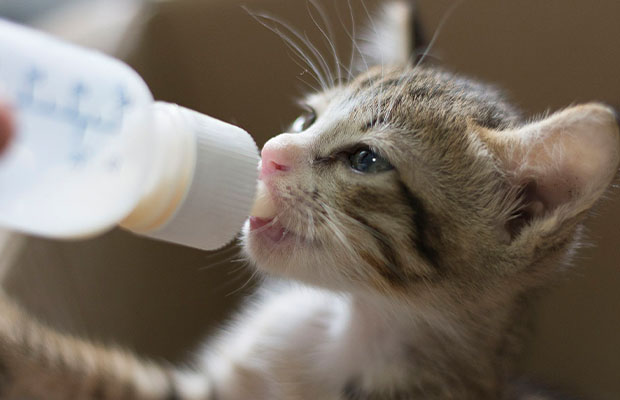
Steps To Bottle Feed A Kitten
- KMR (kitten milk replacement) and water should first be whisked together. You’ll use 1 part powdered formula to 2 parts water. Instead of formula, err on the side of a little more water because you want to make sure they can easily digest it and avoid constipation.
- Warm the liquid mixture in the microwave for 10-15 seconds, until just above room temperature. If it’s too cold, the kittens won’t want to eat it. Additionally, if it gets too hot, it could burn them.
- Before giving them anything to eat, wash your hands with soap and water.
- Then fill a syringe (my preference) or bottle with the warm formula. the addition of a miracle nipple. These nipples are designed to release the right amount of formula so that bottle-fed infants don’t swallow too much of it at once, which can happen if you use a regular nipple that you’ve cut a hole in.
- Put the kitten on a small blanket, on his tummy similar to the position he’d be if feeding on his mama. If it’s simpler for you, you could also swaddle them while they’re standing up. But never feed a kitten while it is lying on its back.
- Slowly guide the nipple into the kitten’s mouth, using your hands to stabilize his head, and push a few drops of formula out of your syringe into their mouth so they get a taste of it. Then wiggle the nipple slowly a bit so they are encouraged to latch and start suckling. To release the milk in an even stream, depress the syringe slowly and gently. Allowing them to drink milk at their own pace is preferable to forcing it down their throats. You also want to make sure that the kitten is not gasping for the milk, as it can travel into their lungs and cause aspiration pneumonia.
Things to take note of:
- Whether using a bottle or a dropper, feeding your kitten properly is essential. The kitten could die if its head is raised or if you put too much formula in its mouth. Pay close attention and follow the kitten’s lead.
- Check the nipple once more if your kitten struggles to suck or isn’t getting enough milk. To trigger the nursing reflex, you can also try gently patting the animal on the back or petting its head.
- To keep track of your kitten’s growth, weigh it every day on a kitchen scale that is covered with a fresh cloth. For the first two weeks, it should gain half an ounce every day. Call your veterinarian right away and request advice if your kitten doesn’t make any progress. Your kitten might require IV nutrient support.
Tips For Bottle Feeding A Kitten
Feed Your Kitten The Right Amount, With The Right Frequency
As young kittens need to be fed frequently, be ready to provide for them around-the-clock care until they are 5 to 6 weeks old and weaned onto wet food. This will require getting out of bed in the middle of the night to feed for the first few weeks of life. Small meals every couple of hours will keep the kitten hydrated and give it the nutrients and fat it needs for quick growth and weight gain.
Choose The Right Kitten Formula And Bottle
Neonatal kittens without mothers have delicate systems and need a special kitten formula—not just any dairy item you find in the fridge. A mother cat’s milk-like caloric pattern, proper vitamin and mineral balance, and probiotics are all included in the formulation of the kitten formula. You can purchase this item at your neighborhood pet supply store, feed store, or online retailer in the form of a liquid or powder mix. Never give a kitten cow’s milk, baby formula, milk substitutes, or homemade food because these can make them sick or even kill them.
Along with your kitten formula, you should also buy a kitten bottle and possibly some extra rubber nipples for feeding. If your bottle’s nipple is not already cut, make a small, diagonal hole in it while being careful that the hole is neither too large nor too small. This is significant because it will affect how the formula flows while the kitten is nursing. Turn the bottle upside-down to check the hole for proper flow. If the hole is the right size, the formula should drip gradually, one drop at a time. Enlarge the hole if the flow is too slow; if it is too fast, you will need to try again with a new nipple.
Prepare Your Kitten’s Bottle Properly
Giving the kitten what she needs while properly preparing the bottle will make feeding less of a hassle. Make sure the formula is warm, clump-free, and freshly prepared. To avoid clumps that could clog the bottle, thoroughly combine the powder with warm water as directed before using it. A smoothie shaker might be useful for this. If you’re using a liquid formula, gently warm the contents by shaking the bottle while it sits in a cup of hot water for 30 to 60 seconds.
Make sure your wrist is warm enough to be comfortable before you eat by checking the temperature there. To keep everything fresh, store any unused powder in the refrigerator and make a fresh batch for each feeding.
Feed Kittens Using A Safe Posture
Always bottle feeds the kitten with her belly down, in a relaxed lying or sitting position, with her back to the floor. Never feed a kitten lying on her back, as you would a baby, as this could lead to the kitten inhaling fluid into the lungs.
With your non-dominant hand, steadily support the kitten’s head as you place it in your lap or place it on a table. With your dominant hand, introduce the nipple to her mouth. To allow the kitten’s mouth to gradually fill with formula, invert the bottle. The kitten should latch to the bottle, make a u-shaped motion with her tongue, and suckle to consume the formula. You can check that she is swallowing by placing a finger on her throat. Never try to shove a bottle down a kitten’s throat. Allow the kitten to suckle at her own pace instead.
Monitor The Kitten’s Progress
Monitoring a kitten’s weight is a great way to check on her development and make sure she’s putting on the right weight. A small digital food scale is ideal for weighing kittens because it can provide accurate measurements and display the weight in grams. Put the kitten on the scale at least once per day, and record the weight in grams. Every day, she needs to gain at least 10 grams. Consult a veterinarian right away if the kitten is not gaining weight or if she starts to lose weight.
Care After Kitten Feeding
There are more aspects of care for orphan kittens than just bottle feeding. Until the kitten is old enough to be adopted, you will also be responsible for encouraging her to use the bathroom, attending to her medical needs, keeping her warm and clean, and providing her with other care.
After feeding, clean the kitten’s face to remove any leftover formula from her fur. To get the kitten to pee and urinate, gently rub her genitalia with soft tissue. To keep her clean and comfortable, repeat this procedure after each feeding while being careful to wipe up afterward. The kitten should return to her warm, safe space until her next feeding after being fed, entertained, and cleaned up. Repetition is essential until the kitten is weaned onto wet kitten food at 5 to 6 weeks old.
How Much To Bottle Feed A Kitten?
Kittens that have just been born need to be fed every two to three hours. 2 to 3-week old kittens should eat every 4 to 6 hours. With the help of this feeding chart, you can see how much to feed your kitten at each stage. Avoid overeating, which can lead to digestive issues.
You can start weaning your kitten when it is about 4 weeks old by offering it a tiny amount of formula on a spoon and gradually blending in some canned food. To keep kittens healthy, you might need to continue bottle-feeding them several times a day until they can eat solid food on their own. A shallow bowl of fresh water should always be available, both during and after weaning.
Kittens Need Your Help To Eliminate Burp
In order to stimulate bowel and urine production during the bottle-feeding stage of life, the anal and genital areas need to be physically stimulated after each feeding. This mimics how the mother cat would lick each kitten naturally to achieve this. The anus and genitalia should be gently rubbed with a very soft cloth or cotton pad. Position the kittens during feeding so that they appear to be nursing from the mother. Resources like videos and images from the web can help illustrate this. When promoting the production of urine and feces, the same consideration should be used. The kitten will relax more and be better able to nurse and go potty if it is properly positioned.
A problem is indicated by a kitten who is not nursing well or who cries a lot. It is important to seek immediate medical attention if you experience rapid, labored breathing or an unpleasant odor.
Ideally, the kittens should be burped after every meal to lessen bloating and discomfort because swallowing air while bottle-feeding can happen. Burp a kitten by holding her close to your body, loosely wrapping her in a small towel or blanket, and then gently patting her back.
Final Thoughts
Learn how to bottle-feed kittens to keep them safe and give them the right nutrition. It can be challenging but extremely rewarding work to bottle-feed and raise abandoned kittens until they are old enough to be adopted. The entire course of an orphaned kitten’s life can be impacted by making sure that all of its physical and emotional needs are met. Future prospects of becoming someone’s adoring pet are better for happy, healthy people.
Other Posts You Might Like: How Often To Replace Baby’s Feeding Bottle?

